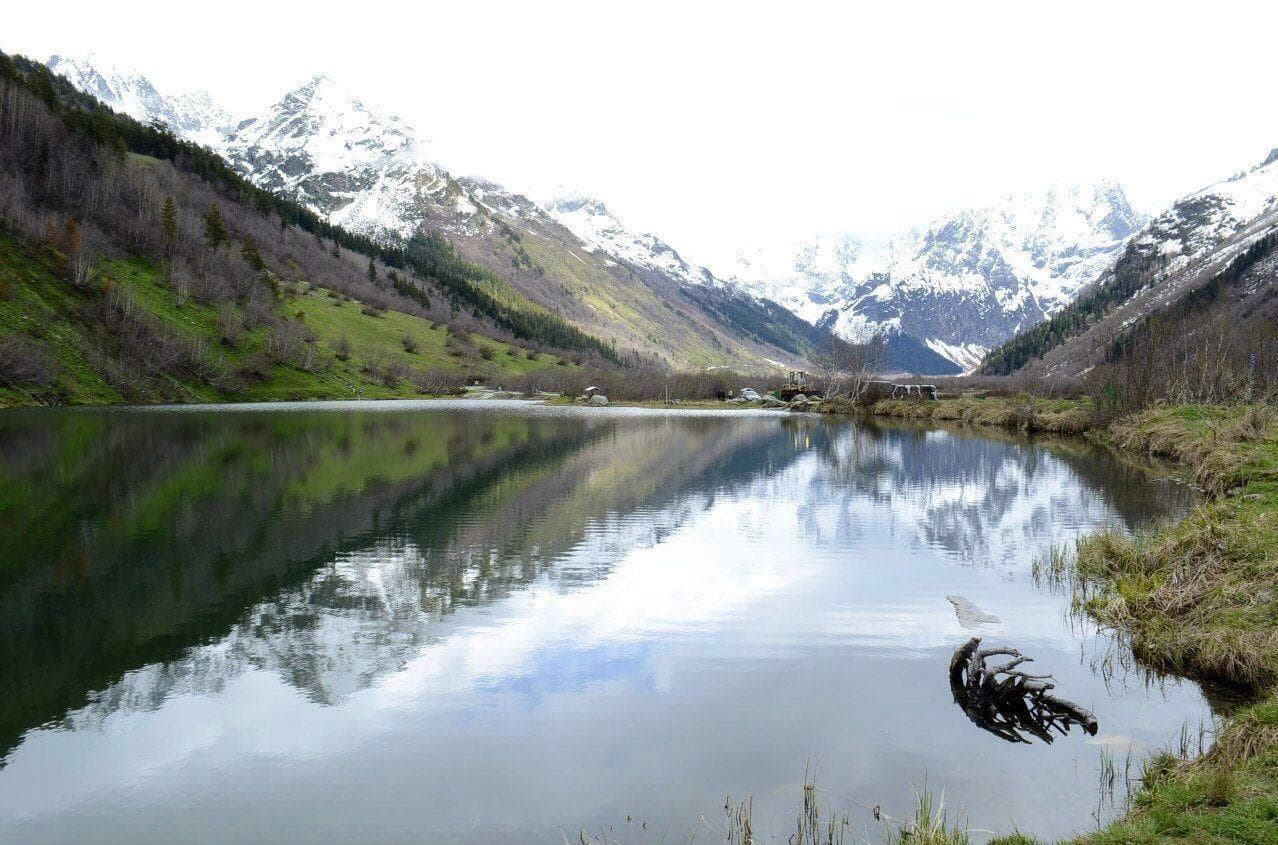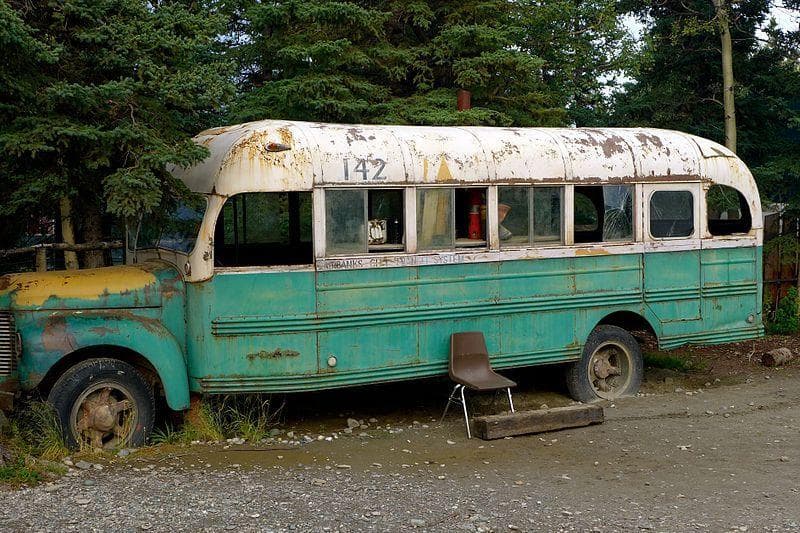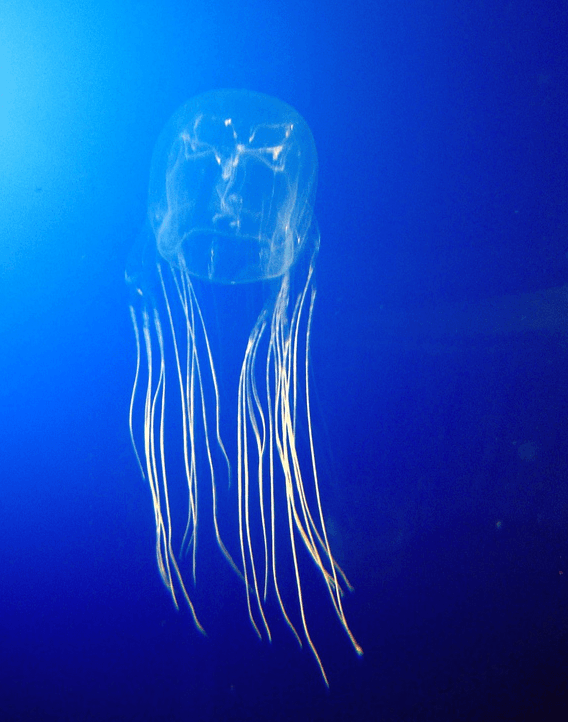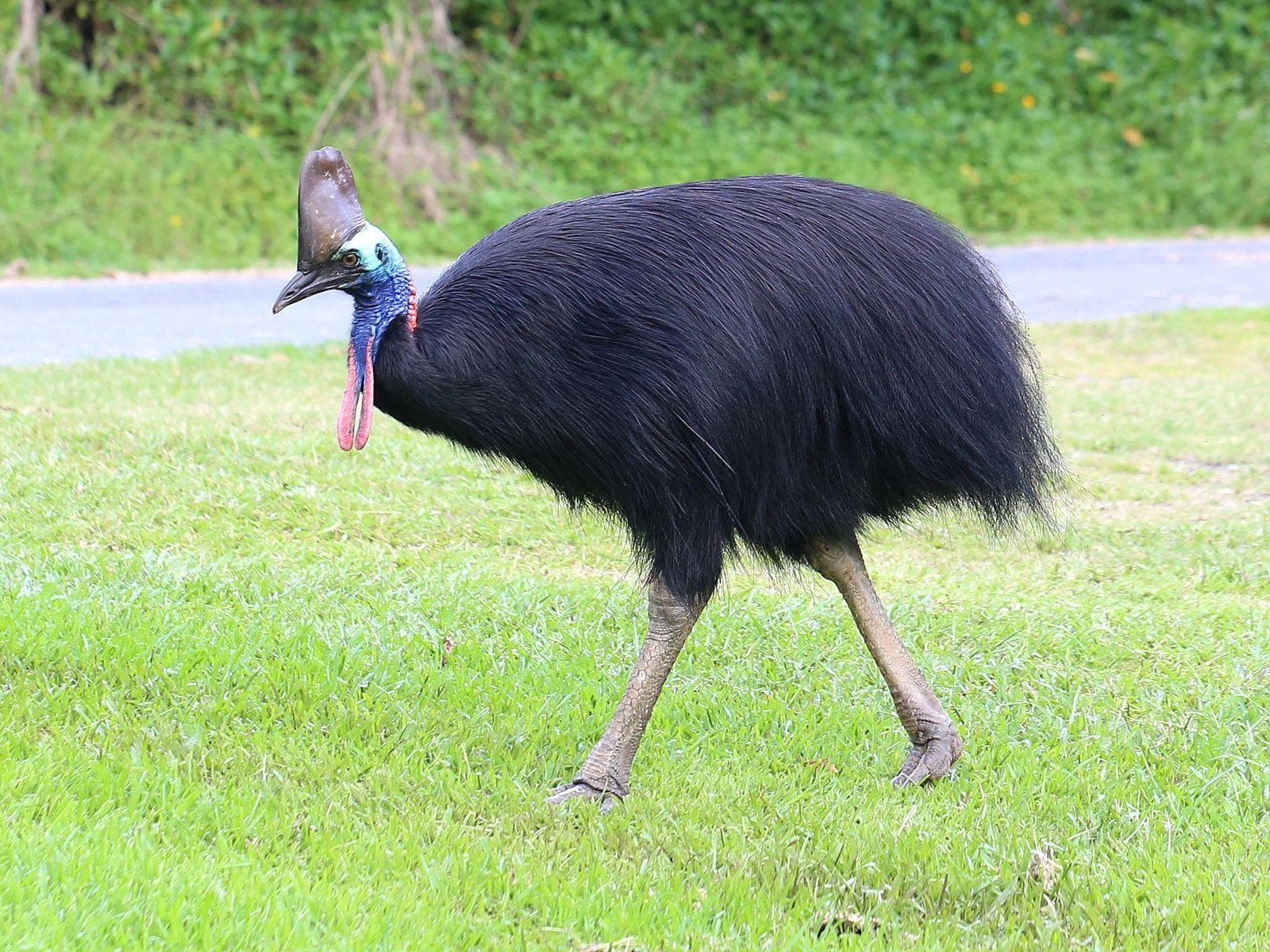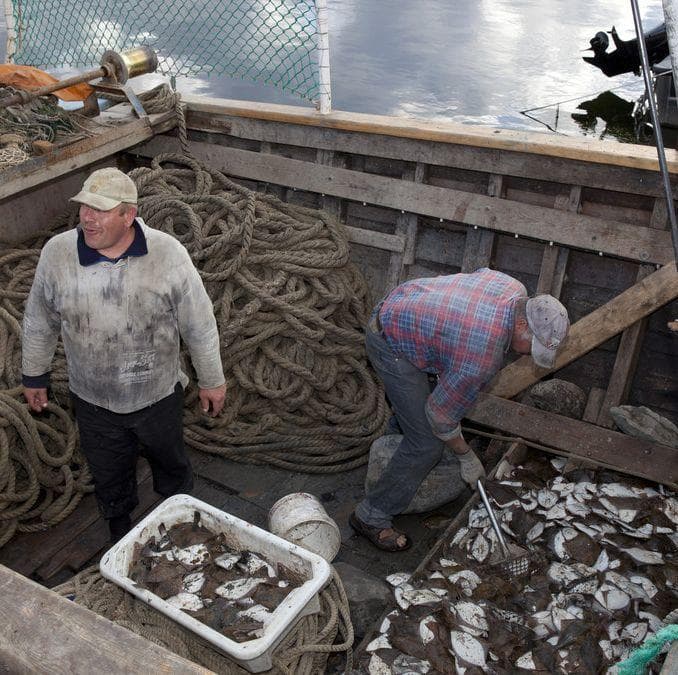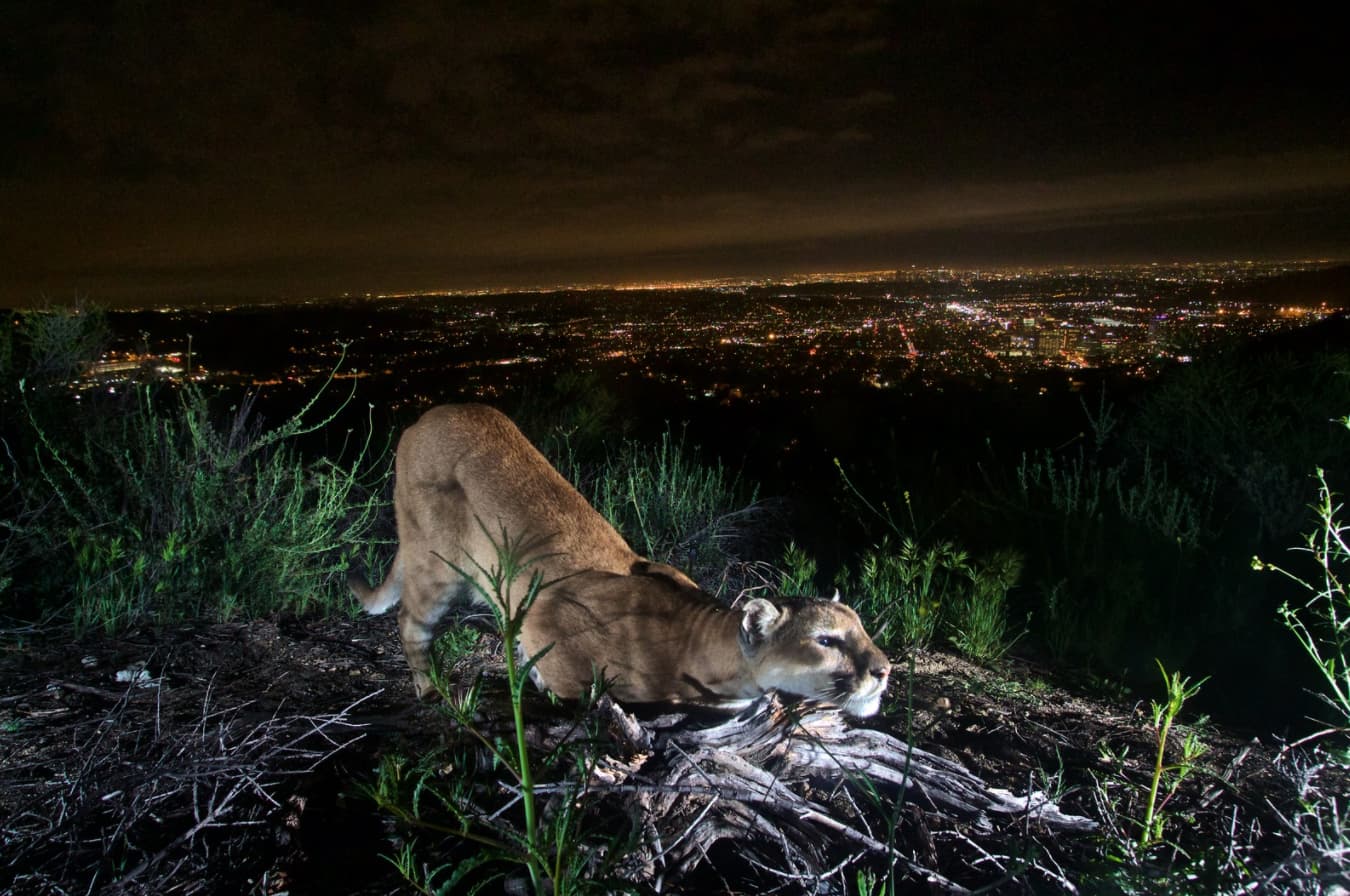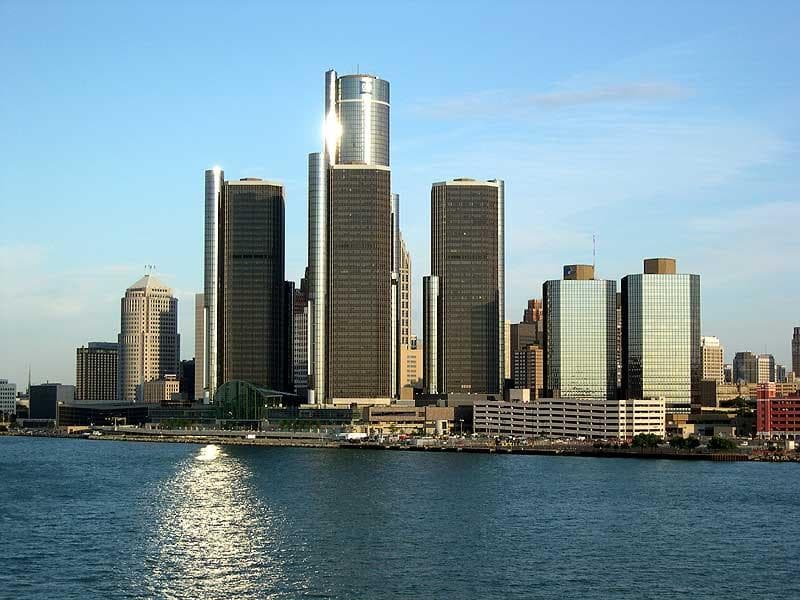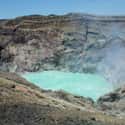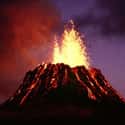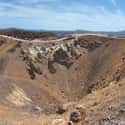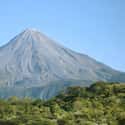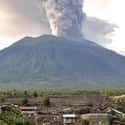-
(#1) Mayon Volcano
- Volcano
Albay, Philippines
Located in the Philippines, Mayon is the most volatile of the nation's 22 currently active volcanoes. It is a stratovolcano that sits, like so many, on the collection of subduction zones and plate boundaries known as "The Ring of Fire". It is a very active mountain -- constantly letting everyone know how temperamental it is. This is actually a benefit, as volcanoes that sit quiet and silent are the one you usually have to worry about. In the case of Mayon, the fact that it lets lots of energy out doesn't fully mitigate its danger. In fact, it caused the evacuation of the region in early 2018 when, after weeks of increasing unrest, it erupted lava 700m into the air and turned the sky black with ash.
There are 49 eruptions of Mayon in the historical record, with the (so far) most devastating one being the 1814 tragedy (VEI 4) that claimed an estimated 1,200 lives. The eruption destroyed most villages of the Albay and Camarines province. Mayon's perfectly symmetrical cone sits in the middle province of Albay with a population of over 1.2 million people. The current monitoring and response of the volcano is, so far, adequate to protect the lives of the province... the concern comes from comparing Mayon to similiar volcanos such as Pinatubo or St. Helens. If, instead of a summit eruption, a period of inflation leads to a sudden, explosive eruption at one of the fissures on the volcano’s flanks or beyond then the resulting pyroclastic flows could easily travel well past 20km. The current, evacuated danger zone around Mayon is 7km. The potential for catastrophic loss of life is huge.
-
(#5) Mount Aso
- Volcano
Japan
Located on Kyushu island, Mt. Aso has been active for decades. At approximately 2.2 million years, it is an old volcano that got its start with basaltic eruptions and then formed its major caldera about 300,000 years ago with four huge eruptions, the last being the largest. Since the caldera formed more than 17 new cones have formed inside it. The five main cones are Neko, Taka, Naka-Dake, Eboshi, and Mt. Kishima. Only Naka-Dake is currently active: it has erupted 167 times from seven different craters since 553 CE. Two flank volcanoes, Akai and Omine sit along a fault (Oita-Kumamoto Tectonic Line) extending from the volcano towards Kumamoto City.
The dangers of Mt Aso are many, which put it high on this list. The first is that Kyushu island is densely populated. With what we know about the type of volcano that Aso is and what kinds of eruptions it is capable of, a large explosion could blast outwards in excess of 50km from the vent, leaving little chance of anything in proximity to the volcano surviving. The second is that Aso's magma reservoir is thought to be "charged" according to researchers. Hopefully Mt. Aso would give its human neighbors some warning as well as time to evacuate, otherwise it could be potentially catastrophic.
-
(#38) Kilauea
- US Census Designated Place
Hawaii, US
Kīlauea is one of the world's most active volcanoes. Unlike many of the volcanoes on this list, and like Mauna Loa, it does not sit on a plate boundary and is, in fact, a hotspot volcano. It's young in comparison to most of the others listed here as well, only between 300,000 and 600,000 years old. It emerged above sea level about 100,000 years ago as the second youngest product of the Hawaiian hotspot and the current eruptive center of the Hawaiian–Emperor seamount chain. It makes up the southeast side of the Big Island of Hawaii and stands at 4,190 feet. It was originally believed for many years to be a poart to the larger Mauna Loa to the north, but it is now known to be its own volcano with its own magma source. It has been the site of nearly continuous activity during the 19th century and has had ore than 60 recorded eruptions in its current cycle.
In 2018 it erupted dramatically after a week of increased earthquake activity which allowed scientists to warn the population of an imminent event. A 5.0 quake struck the Big Island and the East Rift zone split open into multiple vents spewing lava and gas. It is definitely a dangerous volcano, and is responsible for the cumulative loss of hundreds of homes, roads and structures... but the slow-moving nature of a shield volcano's lava allows populations to move out of its way given enough warning.
-
(#33) Santorini
- Geographical Feature
Decade Volcano
Greece
Located in Greece, Santorini is a shield volcano with an ominous reputation; having been responsible for one of the few eruptions in human recorded history thought to have ended a civilization. In 1,650 BC it exploded with the force of a VEI 6, erupting 7 cubic miles of magma and creating the caldera. The plinian column of ash was thought to have reached 23 miles into the air and the eruption probably caused the end of the Minoan civilization on Crete through a giant tsunami.
Santorini has erupted many times, with varying degrees of explosivity. Since its beginnings, there have been at least twelve large eruptions at intervals of an average 20-30,000 years, of which at least four were caldera-forming. Because of that long interval, it is not thought that another VEI 6 will happen any time soon, but the volcano is capable of smaller eruptions as well that could be potentially catastrophic considering the large population currently sitting on top of the island group. Santorini, together with its neighbor Colombo Reef, share the distinction of being active Greek volcanoes alongside Kos, Methana, Milos, Nisyros and Yali
Santorini was subsidizing up until a couple of years ago when an earthquake swarm at Colombo Reef led scientists to believe that an eruption might be coming... and lately there have been more signs. Swarms of earthquakes inside the caldera at the right depth have occurred, as well as harmonic tremoring (which is the signal of a charging magma chamber) lasting from hours to days. This sort of signaling happens in shield volcanoes all the time with no resulting eruption, but it could also mean that the risk of eruption is rising. Any eruption now would likely be a dome-forming event, the beginning of which would be explosive and then turning effusive as lava extrudes. It seems likely it would be a VEI 2 or less, but something larger should not be excluded. A very large event could catastrophically affect the whole island's population of 15,550, but it is also a popular tourist destination and those numbers should also be considered. As with all the volcanoes on this list, Santorini is not likely to deliver a disastrous eruption any time soon, but because it is active, its dangerous potential must be respected.
-
(#22) Colima
Decade Volcano
Jalisco, Mexico
Also known as Volcan del Fuego (not the one in Guatemala), the Colima Volcanic Complex is actually made up of two stratovolcanoes: Nevado de Colima and the eroded El Cantaro that is now considered extinct. It is one of the most active volcanoes in Mexico/North America and it's erupted more than 40 times since 1576. The currently active cone is in a large caldera that was probably formed by a combo of landslide and eruptions. Because of its activity and proximity to over 300,000 people, researchers began constant monitoring about 20 years ago and it was designated a Decade volcano.
Presently, Colima is in an explosive phase. The areas to the south are threatened by pyroclastic flows, secondary lahars, avalanches and lavas. The ashfall would most likely spread north. Power and water supply, roads, air traffic and communications could be seriously affected by a serious, large eruption of Colima volcano.
-
(#17) Mount Agung
- Volcano
Bali
Found in eastern Bali, Gunung Agung is a young, active stratovolcano and the highest point on the island. Only a few of its eruptions have been recorded in historical time. The 1963-64 eruption, one of the largest in the 20th century, produced voluminous ashfall and devastating pyroclastic flows and lahars that caused extensive damage and many fatalities on Bali. Although infrequent, eruptions of Mt Agung have been among the largest of the past 100 years of global volcanic activity. More than 1,000 people died during the last eruption in 1963.
In 2017 the volcano began to show serious signs of eruption and 35,000 people were evacuated as a precaution. While it did not erupt, the mountain remains closely monitored, and, based on its past eruptive record as well as the potential than any stratovolcano on a subduction zone has, scientists fear that a large eruption is coming. There remains a 6km danger zone radius around Agung and quakes still rattle the area.
New Random Displays Display All By Ranking
About This Tool
Volcanoes can be said to be the most spectacular and dangerous geological phenomenon on earth. Active volcanoes are even more dangerous. Some volcanic eruptions are more powerful than the explosion of 20,000 atomic bombs. For example, the Colima volcano is known as one of the most destructive volcanoes in the world, in just a few decades, it has erupted 25 times, with a column of rubble smoke as high as 5,000 meters.
The volcanic eruption is a peculiar geological phenomenon and a manifestation of crustal movement. The red lava flowed out of the ground with the eruption, enough to burn down a bustling city, and the scene was like hell. There is a collection of random 40 of the most dangerous volcanoes in the world.
Our data comes from Ranker, If you want to participate in the ranking of items displayed on this page, please click here.


